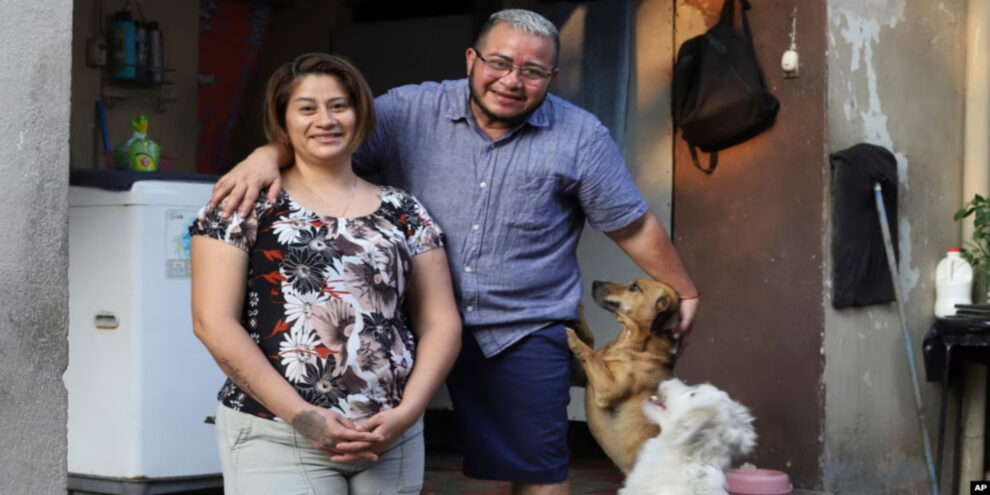SAN SALVADOR, EL SALVADOR — Fabricio Chicas knows exactly what will happen. As soon as he hands in his ID, the employee on the other side of the counter will look at him with suspicion, asking why he carries a document that identifies him as female.
Whether it is a bank, a hospital or a human resources office, the 49-year-old Salvadoran provides the same answer: I am a transgender man who has not been able to change his name and gender on his ID.
His fate is shared by many transgender people in El Salvador, a Central American country where the influence of Catholicism and evangelicalism is pervasive, abortion is banned, and the legalization of same-sex marriage seems unlikely for now.
In 2022, the country’s Supreme Court determined that the inability of a person to change their name because of gender identity constitutes discriminatory treatment. A ruling ordered the National Assembly to enact a reform that facilitates that process, but the deadline expired three months ago, and the lawmakers did not comply.
“It is part of a much broader pattern of weakening the rule of law and judicial independence,” said Cristian González Cabrera, LGBTQ rights researcher at Human Rights Watch. “Since President Nayib Bukele’s party won a supermajority in the Assembly after the 2021 elections, democratic institutions have been under attack by him and his allies.”
In recent years, a transgender man and woman pursued name and gender modifications via the judicial system. The judges ruled in their favor, but municipal employees refused to change their birth certificates and filed an appeal at the Supreme Court, avoiding compliance with the ruling.
Neither of the plaintiffs know what will happen next.
___
When he was little, Chicas’ mother agreed to dress him in masculine clothes and called him “my boy.” Things changed when he turned 9.
“I was abused, and my mom started to overprotect me,” he said.
Perhaps feeling that treating Chicas as a boy exposed him to harm, she dressed him again in girl’s clothing and braided his hair. “I was so depressed I didn’t want to live,” he recalled.
When he turned 15, he met a transgender man who advised him to get hormonal injections and start his physical transformation. The man also suggested pressing his breasts with an iron to prevent them from growing.
Chicas ended up in the hospital, with an infection produced by hematomas, and his mother made him swear he would never alter his body to look like a man.
Though he said yes, he promised something to himself: I’ll grow up, find a job and leave.
Early in a transition, lack of support from one’s own family is often the biggest challenge, said Monica Linares.
The 43-year-old transgender woman left her home when she turned 14 and started her transition. She currently works as an activist at the organization ASPIDH Arcoiris Trans.
“It hasn’t been easy, but when you really have an identity and you want to defend what you really want, you are willing to lose everything,” Linares said.
Source : VOA News
















